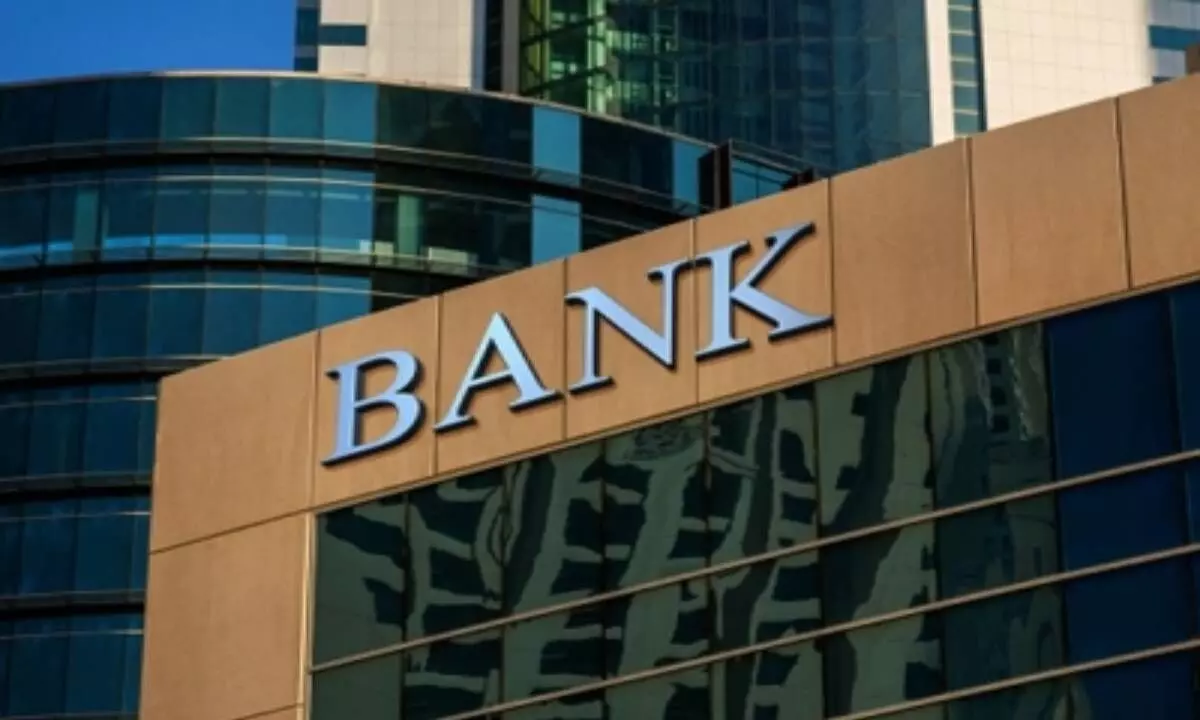Banks gross NPA at 5.9 per cent, a 6-year low: CARE Ratings
Even though the gross non-performing assets (GNPA) of scheduled commercial banks in India has hit a six year low of 5.9 per cent in FY22, it can improve further, said CARE Ratings in a report.
image for illustrative purpose

Chennai, July 12 Even though the gross non-performing assets (GNPA) of scheduled commercial banks in India has hit a six year low of 5.9 per cent in FY22, it can improve further, said CARE Ratings in a report.
According to the credit rating agency, the GNPA of Indian banks at the end of FY22 was at 5.9 per cent and the overall provision coverage ratio (PCR) went up to 70.9 per cent.
"As the Indian economy has navigated the pandemic-induced shocks, the bank credit growth by scheduled commercial banks (SCBs) improved post-August 2021 to reach 13.1 per cent in early June 2022, a rate last recorded in March 2019," the report said.
Apart from retail, the major driver of this growth has been the wholesale credit, which reported double digit growth after witnessing a significant slowdown last year.
According to CARE Ratings, the Reserve Bank of India's (RBI) Financial Stability Report released on June 30 presents a rather satisfactory picture of the Indian banking system and the GNPA ratio is one of the most important indicators to check the health of the banking system.
The GNPA ratio of SCBs had been on a downward trajectory since March 2019, owing to recoveries and higher write-offs by multiple banks and one time restructuring (OTR) scheme announced by RBI.
As per the stress tests conducted by RBI, the SCBs GNPA ratio could improve from 5.9 per cent in March 2022 to 5.3 per cent by March 2023 under the baseline scenario driven by higher bank credit growth and a declining trend in the stock of GNPAs.
"However, the GNPA ratio may rise under the medium/severe stress scenarios, the GNPA ratio may rise to 6.2 per cent/ 8.3 per cent, respectively," CARE Ratings said.

